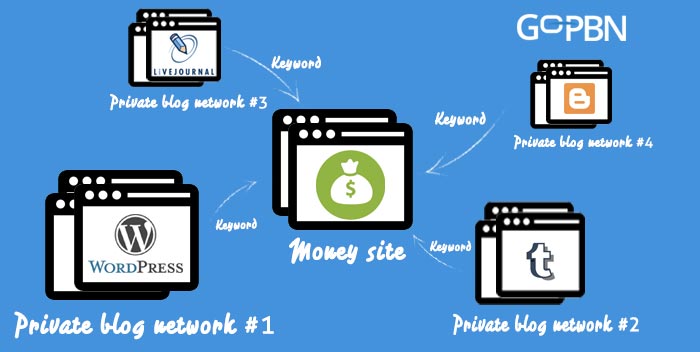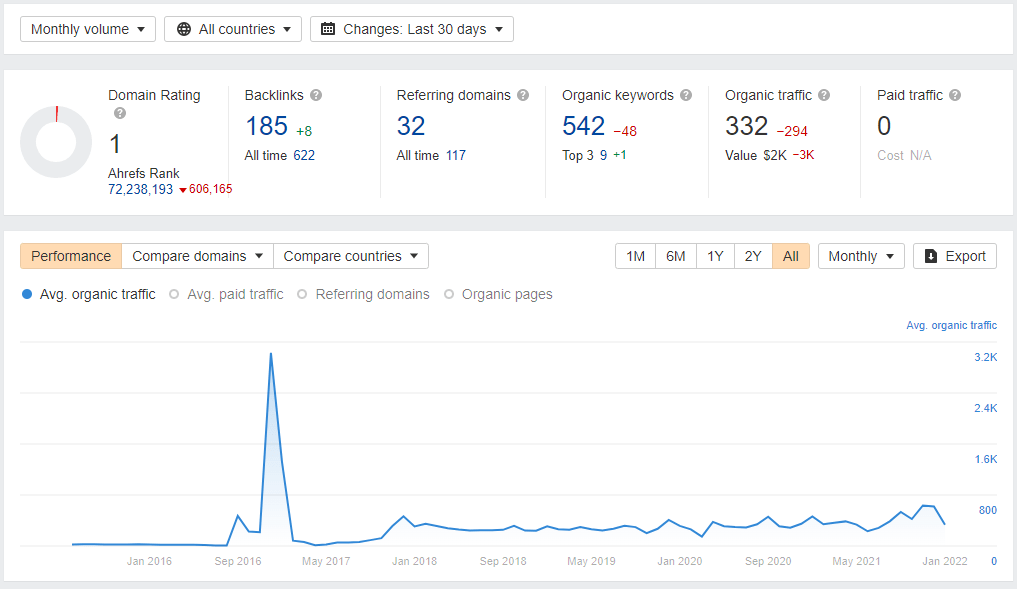All Categories
Featured
Table of Contents
- – Top Semantic Seo Framework Sales Near Me
- – What Is The Most Affordable Semantic Seo Tools...
- – How To Buy The Top Semantic Seo Ranking Factors
- – Which Is The Most Trusted Enhancing Seo With ...
- – Top-Rated Implementing Semantic Seo
- – What Is The Leading Semantic Seo Examples Ma...
- – What Is The Premier Semantic Seo Strategies ...
The web is altering, coming to be an increasing number of semantic. SEO is likewise transforming and becoming much more semantic. This is because search engines have actually advanced and are moving much more and a lot more in the direction of reviewing content on the web. Of training course, that has actually additionally changed the means we create content, especially if we intend to rank much better in the search engines.
, the leader of the Web, mentioned to represent the concept that all points in deep space are deeply interconnected. Intertwingularity is not normally recognized, people keep pretending they can make points deeply ordered, categorizable and consecutive when they can not. Whatever is deeply intertwingled. Based on the partnerships between search intentions, the internet search engine likes a material ready by determining the distance between the vectors of definition.
It enables you to see, starting from a subject, all the entities that belong to that topic. This means you can clearly see which entities/concepts/ideas have actually currently been covered on your website, and you can find new chances by comprehending what content you can add and just how to produce it.
Top Semantic Seo Framework Sales Near Me
It is able to make your material reasonable for internet search engine on the one hand and for your audience on the various other. Structuring your content model highlights your web content and its hidden partnerships to ensure that internet search engine can acknowledge you among hundreds of pieces of info, making you extra noticeable to users who satisfy the search intent pertaining to your business.
In semantic SEO copywriting, an editor begins with a broader array of subjects and customizes the material to include semantically relevant terms and phrases that assist readers understand a subject, similar to checking out web content in a wiki. From a web content composing perspective, one practical means to do this is to produce a vocabulary of terms and concerns surrounding your target topic.
What Is The Most Affordable Semantic Seo Tools Deal
Find out more concerning by viewing the by!.

Semantic search refers to the procedure of how online search engine recognize and match key phrases to a searcher's intent in natural search outcomes. Before semantic search, internet search engine like Google ran like matchmakersaligning particular words in your query with those specific words on webpages. The results were simple however frequently did not have depth.
How To Buy The Top Semantic Seo Ranking Factors
It enables Google to use fast, exact responses to search questions regarding real-world subjects. When you type a query word into Google, you're not simply going into a sequence of words. You use a complex internet of significances and connections. Google's Expertise Chart sees these words as entities with context and connections.
When you look for "Apple," Google doesn't just see a word that describes a fruit. It identifies Apple as a firm and can offer relevant details. It was Google's response to the rise of voice searches, where queries ended up being much more conversational and nuanced.
Which Is The Most Trusted Enhancing Seo With Semantics Provider
By incorporating NLP, Hummingbird permitted Google to relocate beyond mere keyword matching. It assisted the online search engine comprehend search intent, raising the odds that results would precisely match the reason behind a customer's search. As the 3rd crucial ranking aspect after web content and web links, RankBrain has improved Google's semantic search capacities to comprehend the significance of search inquiries.
Making it a lot more effective at handling never-before-seen search inquiries. RankBrain thinks about even more than simply keyword phrases when evaluating a search inquiry.
It fetches results that match the key phrases and line up with the total intent of providing puppy training advice. And if the user regularly looks for dog-related material, Google may focus on more detailed training guidesrecognizing the user's recurring rate of interest in the topic. Combining technologies like the Knowledge Chart, Hummingbird, and RankBrain, semantic search assists the Google algorithm interpret and connect information across a large internet of info.
Top-Rated Implementing Semantic Seo
The emphasis changes from keyword option to an alternative technique incorporating customer intent, topical relevance, and general individual experience. Producing web content that addresses the searcher's demands with comprehensive info can enhance your SERP positions. Listed below, we lay out the fads and practices that consolidate the demand for semantically educated content. Later, we supply workable ideas to turn these insights into ideal practices.
And sort of web content can best satisfy their requirements. A more comprehensive method to material aligns better with semantic search's change away from exact key words matching and towards customer intent. Which describes the boosted concentrate on subject clusters, as opposed to individual key words. Material that covers search questions more completely not just satisfies individuals.
UX intends to produce an aesthetically attractive, easy to use interface with engaging, quality web content that motivates visitors to remain. Semantic search technology enables search engines to intend for results that give the finest possible UX.
What Is The Leading Semantic Seo Examples Manufacturer

All showcase Google's ability to address a subject question thoroughly. By understanding the context and intent behind customer queries, search engines can supply extra relevant details and possibly boost individual engagement. Personalization in search results makes for far better UX.Based on your previous search history and preferences as a user, semantic search assists internet search engine tailor the results to suit your one-of-a-kind requirements and rate of interests.
It fetches results that match the keywords and line up with the total intent of providing puppy training guidance. And if the user frequently looks for dog-related web content, Google might prioritize extra thorough training guidesrecognizing the customer's continuous rate of interest in the subject. Incorporating modern technologies like the Knowledge Chart, Hummingbird, and RankBrain, semantic search aids the Google algorithm analyze and connect data across a large web of info.
What Is The Premier Semantic Seo Strategies Company?
The focus changes from keyword choice to a holistic approach incorporating customer intent, topical importance, and total user experience. Creating web content that resolves the searcher's demands with comprehensive info can improve your SERP positions.

A more comprehensive approach to material aligns better with semantic search's change away from precise keyword matching and towards user intent. Content that covers search inquiries extra completely not only satisfies customers.
And 5 times greater than sites that take 10 secs to load. While technical search engine optimization makes sure ideal website performance and availability, focusing on individual experience (UX) takes it a step even more. UX intends to produce a visually appealing, easy to use interface with appealing, high quality content that motivates site visitors to remain. Semantic search technology makes it possible for online search engine to go for outcomes that provide the very best feasible UX.
All showcase Google's ability to attend to a topic inquiry adequately. By comprehending the context and intent behind customer inquiries, online search engine can deliver much more relevant information and possibly enhance customer interaction. Customization in search results produces much better UX.Based on your previous search history and preferences as an individual, semantic search aids browse engines tailor the results to fit your distinct requirements and rate of interests.
Table of Contents
- – Top Semantic Seo Framework Sales Near Me
- – What Is The Most Affordable Semantic Seo Tools...
- – How To Buy The Top Semantic Seo Ranking Factors
- – Which Is The Most Trusted Enhancing Seo With ...
- – Top-Rated Implementing Semantic Seo
- – What Is The Leading Semantic Seo Examples Ma...
- – What Is The Premier Semantic Seo Strategies ...
Latest Posts
What Is The Top Semantic Tagging For Seo Product?
What Is The Leading Semantic Content Optimization Service
Top Semantic Search Engine Results Pages (Serps) Deals Near Me
More
Latest Posts
What Is The Top Semantic Tagging For Seo Product?
What Is The Leading Semantic Content Optimization Service
Top Semantic Search Engine Results Pages (Serps) Deals Near Me